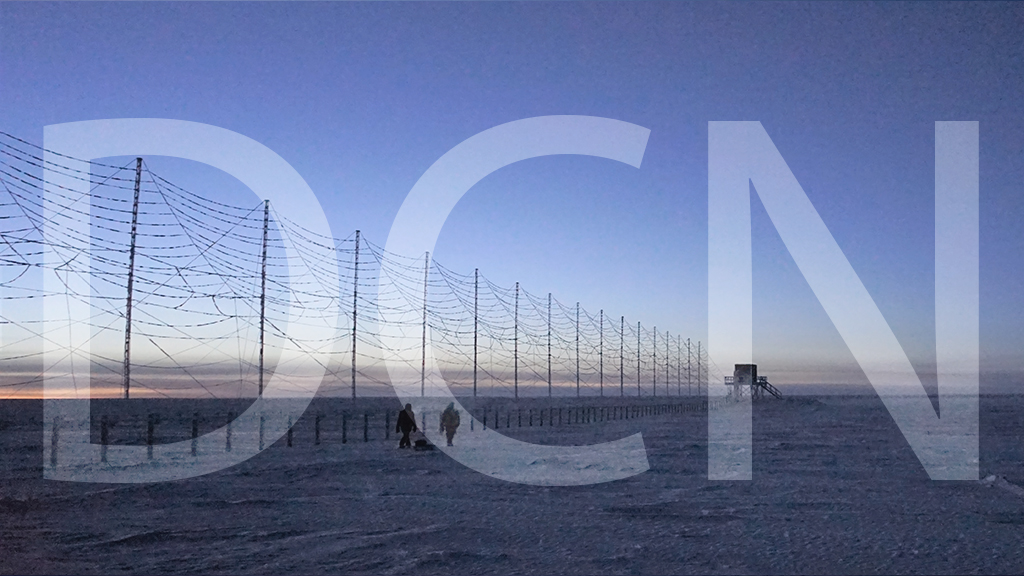CNR -ICT
Type of resources
Topics
INSPIRE themes
Keywords
Contact for the resource
Provided by
Formats
Representation types
status
Scale
-

The HF radar denominated Dome C North (DCN) emits pulses of HF waves (8–20 MHz) which are refracted in the ionosphere and can be back-scattered by field aligned decameter scale irregularities of the electron density at distances ranging from 180 to 3550 km from the radar and at heights between 100 and 400 km. The radar signals are steered in 16 emission beams, separated by 3.3 degrees, in an azimuthal interval of 52 degrees, usually swept in 2 minutes. The signals are emitted according to multi-pulse sequences that allow the real-time acquisition of the autocorrelation function of the back scatter echoes, from which the reflected power, the VD Doppler velocity of the irregularities, and the spectral width can be calculated for each distance-azimuth cell. VD coincides with the velocity of the plasma along the line of sight. DCN is part of the Super Dual Auroral Radar Network (SuperDARN). In SuperDARN, pairs of radars, typically located at 2000 km distance and oriented so that their beams cross each other over the region to be studied, are used to get the velocity vector in two dimensions. DCN forms a common-volume pair with the SuperDARN Zhongshan radar (China). SuperDARN radars are devoted to the study of ionosphere, between 100 and 400 km from ground, in the polar, auroral and medium latitude regions. The sscientific objectives of SuperDARN and DCN span from fundamental plasma physics to space weather, in the framework of Sun-Earth relations. Italy participates in the SuperDARN international network also with the Dome C East (DCE) radar,installed at Concordia in 2013 and operative since then.